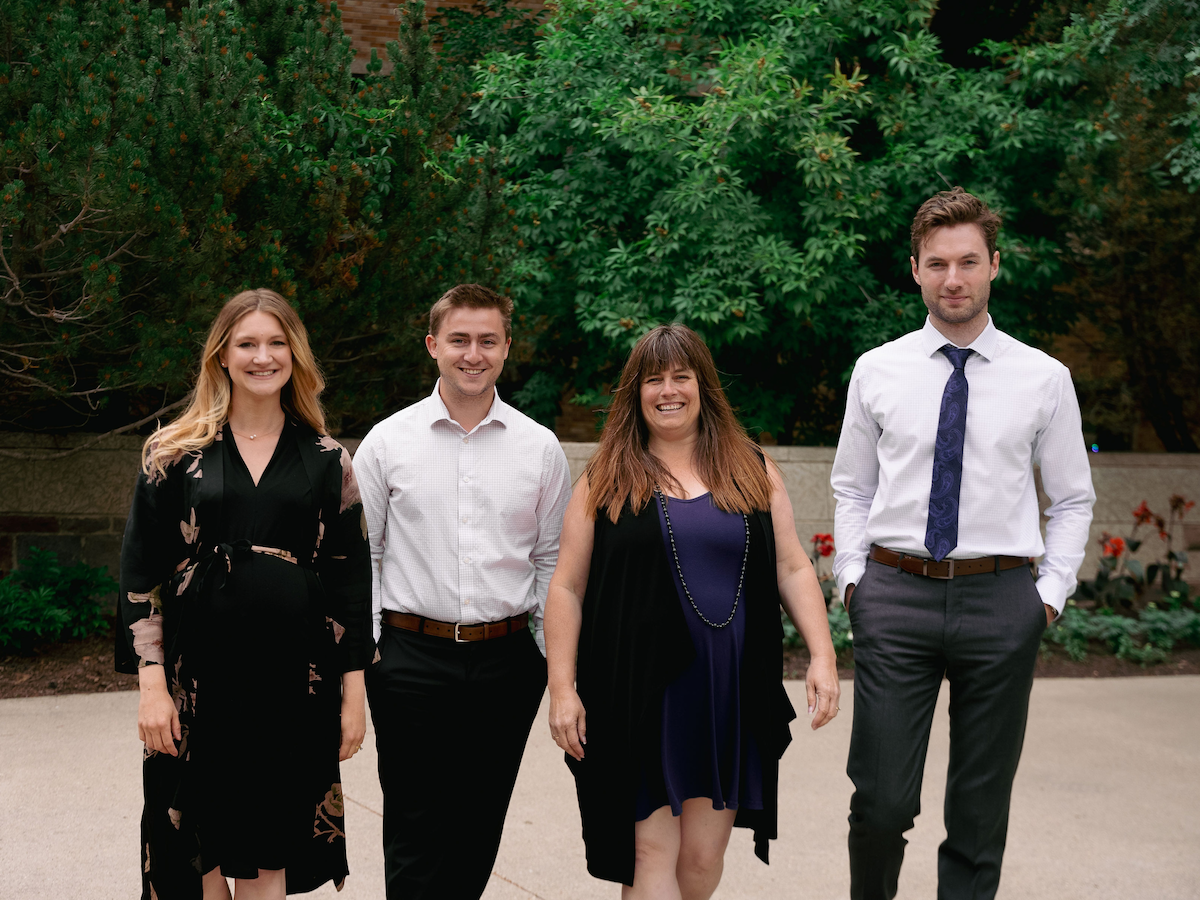Divorce is never easy, but it doesn’t have to be a drawn-out, adversarial battle in court. If the idea of facing your spouse in a courtroom makes you uneasy, know that you have other options. Collaborative Law offers a way to separate while maintaining peace and cooperation between both parties. If you’re looking for a way to end your marriage without escalating conflict, a Collaborative divorce may be the right solution.
At Panko Collaborative Law & Mediation, our experienced divorce lawyers in Saskatoon are dedicated to helping couples navigate the Collaborative divorce process and keep the focus on resolution rather than confrontation.
What Is Collaborative Divorce?
Collaborative divorce is a process where both parties work together to resolve the terms of their divorce without stepping into a courtroom. This approach is built on cooperation and mutual respect, aiming to settle issues like parenting arrangements, property division, and spousal support peacefully.
Before starting the process, both parties sign a participation agreement that outlines key commitments, such as:
- Staying out of court and resolving conflicts through the Collaboration process
- Involving third-party professionals, like family therapists or financial experts, if needed
- Honesty and transparency in sharing information
- Protecting children from parental conflict
When all parties agree to participate, the Collaborative Law process can begin. This alternative to litigation can be an attractive option, especially for those planning to co-parent or wishing to maintain an amicable relationship.
How Does Collaborative Divorce Work?
The Collaborative divorce process starts by determining if it’s a good fit for both spouses. Once agreed upon, both parties hire their own Collaborative Law divorce lawyers. It’s important to choose a lawyer trained and experienced in Collaborative Law who can guide you through the process with your best interests in mind.
After hiring lawyers, each spouse meets privately with their respective counsel to outline goals, including asset division and support arrangements. Then, all parties—both spouses and their lawyers—come together in a series of meetings to negotiate terms. This process is designed to be flexible, allowing for open discussion and compromise until an agreement is reached.
Once a settlement is achieved, based on the negotiations between the parties and the legal advice provided by the lawyers, the agreement is signed. When the parties have been separated for a year, the next step is for the lawyers to draft the divorce petition and subsequent paperwork. That is then submitted to the court, and in due course, the parties will be granted a divorce.
If the Collaborative Law process is unsuccessful, the lawyers involved withdraw from the process and the parties must hire different counsel if they want to proceed with an adversarial option.
Benefits of Collaborative Law for Divorce
If you’re considering Collaborative Law but aren’t sure if it’s right for you, here are some of the key benefits:
- Premium Option: In a Collaborative Law process, parties have counsel assisting them every step of the way. In this process, the parties may also agree to the use of other professionals to help them reach the most optimal agreement possible. Because of this, the Collaborative Law process is often referred to as the “Cadillac” of options.
- Time-Saving: Collaborative Law allows for more flexible scheduling, often leading to faster resolutions compared to court, where cases can take months or even years to resolve.
- Control Over Outcomes: Since you and your spouse actively participate in the negotiations, you have more control over the final terms. This can lead to more satisfactory outcomes than those imposed by a judge.
- Privacy: Unlike court proceedings, which are public, the Collaborative Law process is private, keeping personal matters out of the public record.
- Maintaining Relationships: Collaborative Law fosters a cooperative environment, making it an ideal choice for couples who plan to co-parent. By focusing on communication and compromise, this approach often results in a better post-divorce relationship, benefiting both the parents and their children.
If you want to learn more about the benefits of Collaborative divorce, our Saskatoon divorce lawyers at Panko Collaborative Law & Mediation are here to help.
Do I Need Collaborative Divorce Lawyers?
In a Collaborative divorce process, you will need a Collaboratively trained lawyer. Your lawyer will advocate for your best interests during negotiations and ensure you’re informed every step of the way. Look for a lawyer with a deep understanding of Collaborative Law and experience handling divorce matters in Saskatoon to ensure the process goes smoothly.
At Panko Collaborative Law & Mediation, we are experienced in family law and offer a range of non-adversarial dispute resolution services, including mediation and Collaborative Law. Our Saskatoon Collaborative divorce lawyers are committed to helping you achieve a peaceful and effective resolution, without the need for a courtroom battle. Contact us today to book a free discovery call with our Client Experience Manager and explore your options.
Additional Resources:
Law Reform Commission of Saskatchewan | Common Law Relationships
Government of Canada | Marital Status
Government of Saskatchewan | Family Property Act
Government of Saskatchewan | Family Law Information Centre
Collaborative Professionals of Saskatchewan | About the Team





